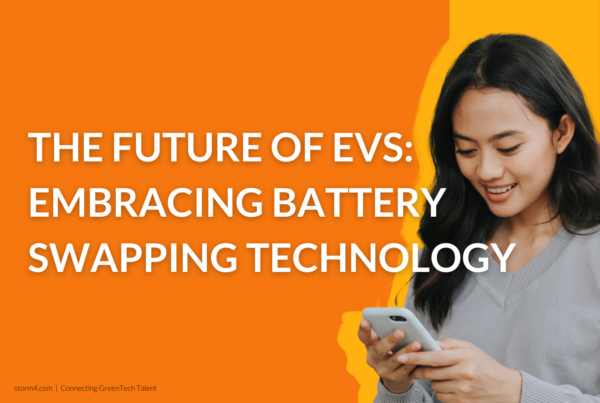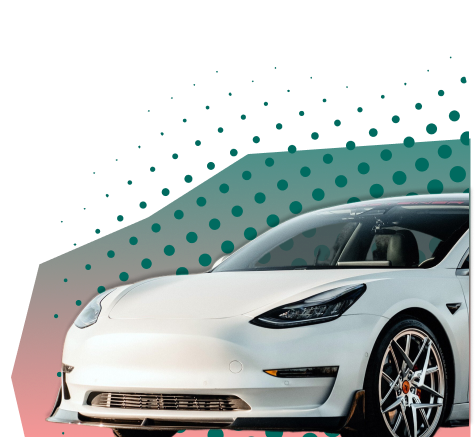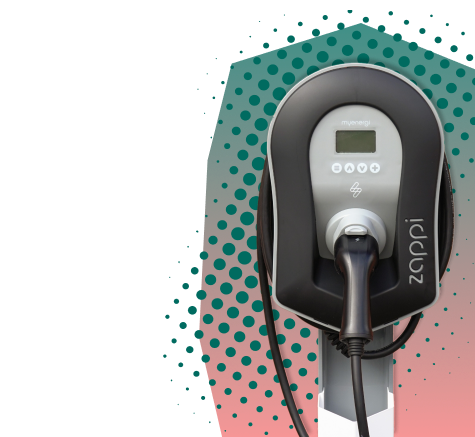According to the newest report by the International Energy Agency, EV sales exceeded 10 million in 2022 – with a total of 14% of all new cars sold were electric, which is an uptake from around 9% in 2021. The market shows no intention to slow down in the next few years!
As electric vehicles (EVs) become more prevalent on our roads, so too do the myths and misconceptions surrounding them. Some people still believe EVs are too expensive, have a limited range, and are less practical than internal combustion engine (ICE) vehicles. However, many of these myths are not based on reality and can prevent people from making an informed decision about whether to switch to an EV.
In this article, we will take a closer look at the five most common myths surrounding EVs and provide evidence-based explanations to debunk them. By examining the facts, we hope to provide a clearer understanding of the benefits and limitations of EVs compared to ICE vehicles.
 Debunking five most common EV myths:
Debunking five most common EV myths:
-
You can’t travel long distances with EVs
Probably the most common misconception about electric vehicles is that they have a very limited range and you can’t travel long distances with them. That’s not really a case.
One reason why the range of EVs has been increasing is that battery technology has been improving. The latest lithium-ion batteries have higher energy density, which means they can store more energy in the same space. This enables automakers to fit larger batteries into EVs, resulting in longer ranges. Furthermore, advancements in electric motor technology have also contributed to the increasing range of EVs. Electric motors have become more efficient in recent years, which means they can convert more of the stored energy in the battery into motion. This, in turn, means that EVs can travel further on a single charge.
Another factor that is making EVs more practical for long-distance travel is the expansion of public charging infrastructure. Governments, private companies, and other organizations are investing heavily in building charging stations to support the growing number of EVs on the road. These charging stations can be found in parking lots, rest areas, and other public places, making it convenient for EV drivers to recharge their batteries while they take a break from driving. In addition to public charging infrastructure, many EV owners are installing charging stations at their homes, making it easy to charge their vehicles overnight. This means that they can start each day with a full charge, which is especially useful for long-distance trips.
-
EVs are more polluting that their ICE counterparts
Some people believe that electric vehicles (EVs) are not as environmentally friendly as they appear, as the electricity used to power them may be generated from fossil fuels. However, research indicates that even when charged with electricity produced from coal-fired power plants, EVs are still more efficient and produce fewer emissions compared to traditional internal combustion engine (ICE) vehicles. EVs require less energy to move, which translates into fewer emissions.
As renewable energy sources such as solar, wind, and hydro power become more prevalent, the environmental benefits of EVs will only increase. Charging EVs using renewable energy sources can significantly reduce the carbon footprint of electric vehicles and make them an even cleaner alternative to ICE vehicles.
The production of EVs does require energy and resources, and their batteries contain materials that need to be responsibly sourced and recycled. However, studies have shown that the overall environmental impact of producing EVs is still lower than that of producing ICE vehicles, and this gap is expected to widen in the coming years. According to calculations of Dr. Maximillian Fichtner, a Director at the Helmholtz Institute for Electrochemical Energy Storage in Germany, manufacturing of a 64 kWh battery pack that powers an EV car requires about 3,840 liters of water. But to put this number into a perspective, it is the same amount of water that will be used for 30 cups of coffee, 250 grams of beef or half a pair of blue jeans.
Although much can be still done in terms of sustainable sourcing and production of EV cars, producing and running an electric vehicle is still more environmentally friendly than its ICE counterparts.
-
There’s not much variety in terms of model availability
Although this myth might have been true 20-15 years ago, it is surely not the case anymore. There is a wide range of models available in all segments – from sedans to SUVs to small city cars. Every big OEM (original equipment manufacturer) has EVs available, including some of them completely changing their strategy and switching fully to only battery powered cars. There is also something available at every price point – from your normal, day-to-day cars to hypercars suitable for racing tracks.
-
EVs are not as safe as their ICE counterparts
Every model of an electric vehicle has to be tested in terms of safety just as their ICE counterparts. Many believe in the myth that electric vehicles are dangerous, when that’s not the case.
There have been concerns about EV batteries catching fire or exploding in the event of a collision. Research suggests that these concerns are exaggerated. An in-depth investigation conducted by the National Transportation Safety Board of America found that the frequency and severity of fires and explosions from lithium-ion battery systems in EVs are comparable to, or perhaps slightly less than, those for gasoline or diesel-powered vehicles.
It is worth noting that lithium-ion battery systems can catch fire if they are damaged or improperly handled, but this risk is not unique to EVs. The safety of EV batteries is an important consideration, and manufacturers take extensive measures to ensure that their batteries are safe and reliable.
-
EVs are more expensive to manage than ICE cars
EVs can save their owners thousands of dollars over their lifetime compared to ICE vehicles. Electric vehicles have lower maintenance costs because they have fewer moving parts, and their brakes and tires last longer due to regenerative braking. Additionally, electricity is often cheaper than gasoline or diesel, resulting in lower fuel costs for EVs.
Moreover, many countries offer tax incentives and rebates for electric vehicle purchases, further reducing their cost. For example, in the United States, there is a federal tax credit of up to $7,500 for EV purchases, and many states offer additional incentives. In some countries, there are even incentives for installing EV charging infrastructure at home or work. While the upfront cost of an EV may be higher than that of an ICE vehicle (although the developments in the past few years are changing that too), the total cost of ownership are lower.
At Storm4, we pride ourselves on partnering with the biggest EV disruptors, who are on a mission to accelerate the transition to a greener tomorrow through electric mobility. We support their growth plans by connecting them with top talent within the GreenTech space. If this sounds like something you need support with, don’t hesi










